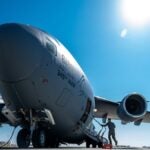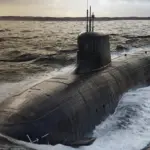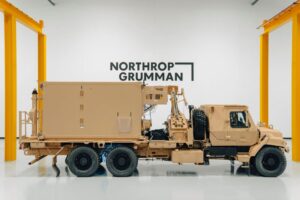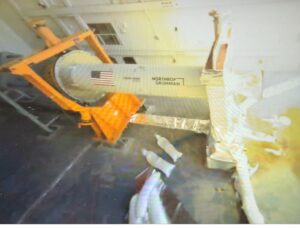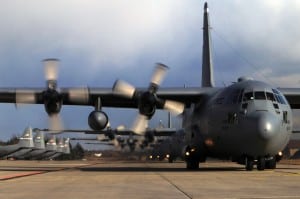
The Air Force has entered an analysis of alternatives (AoA) phase for an endeavor a key officer called Penetrating Counterair Aircraft (PCA), or what might be the service’s sixth generation platform.Air Combat Command (ACC) chief Gen. Mike Holmes said Wednesday the potential capabilities a PCA aircraft may provide are fluid. It could be more like a fighter, he said, or it could be more like an attack sub in that PCA could do an excellent job of being hard to…

